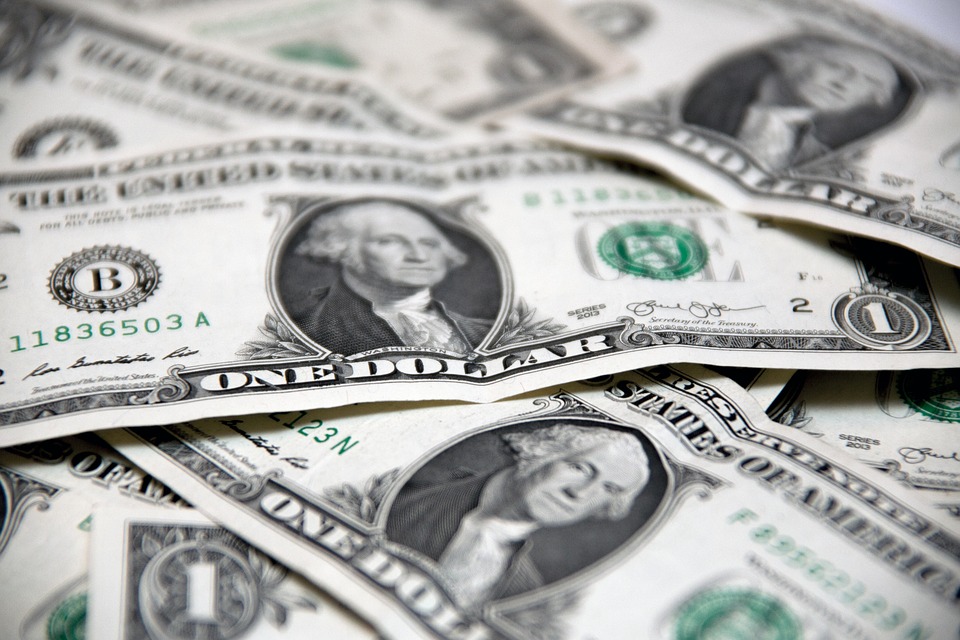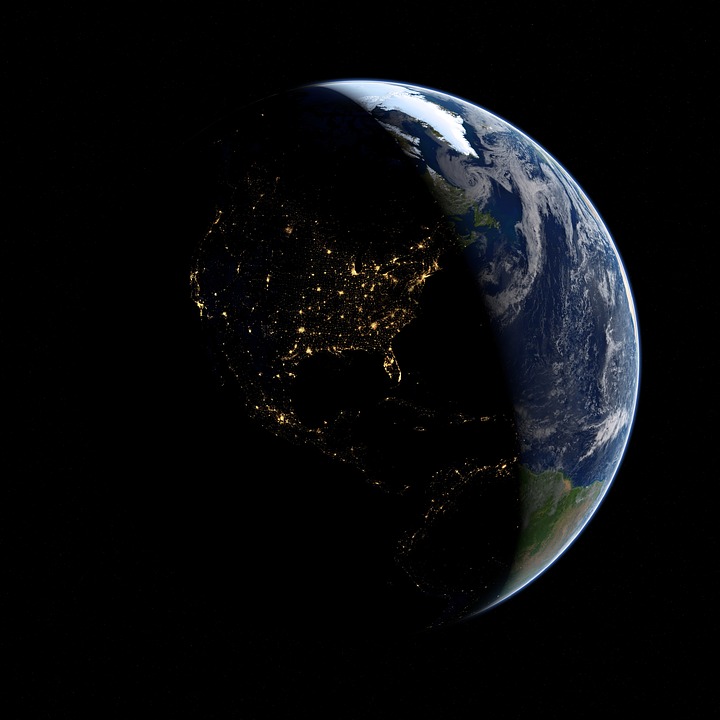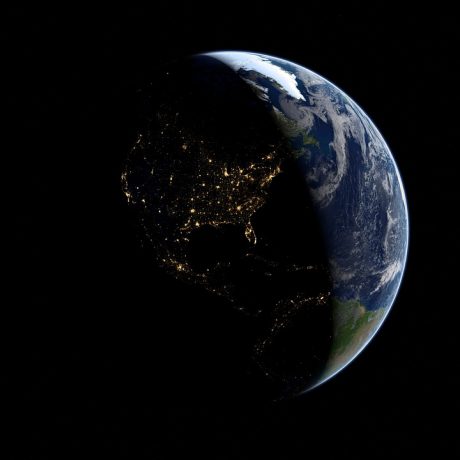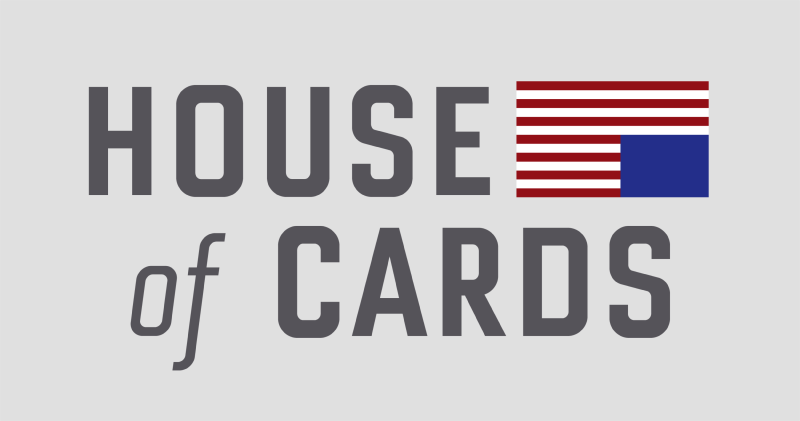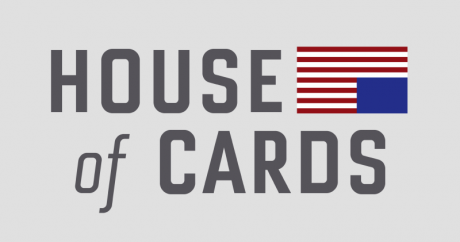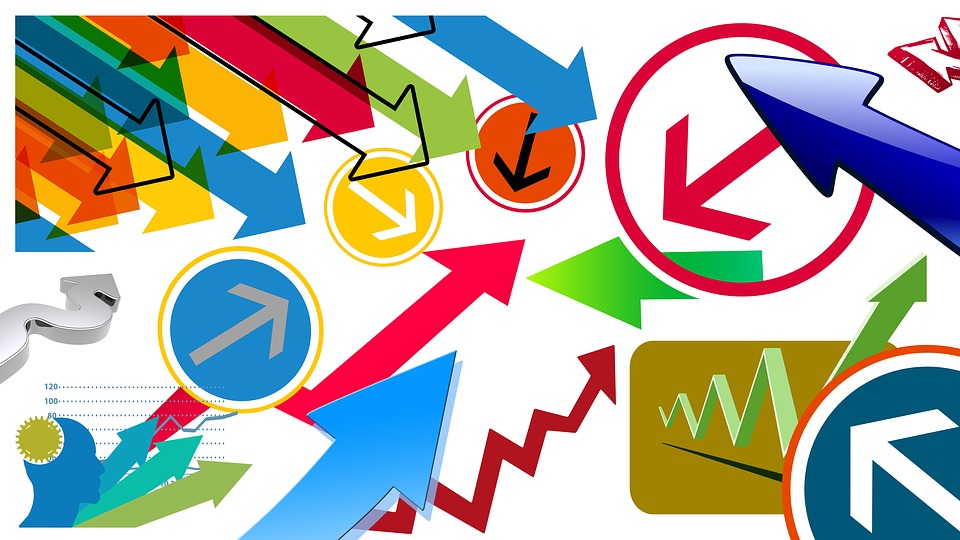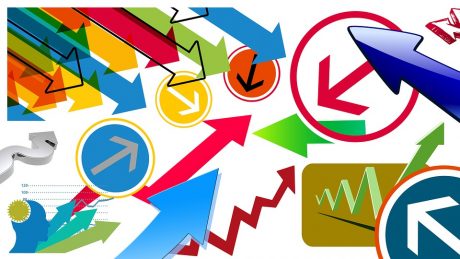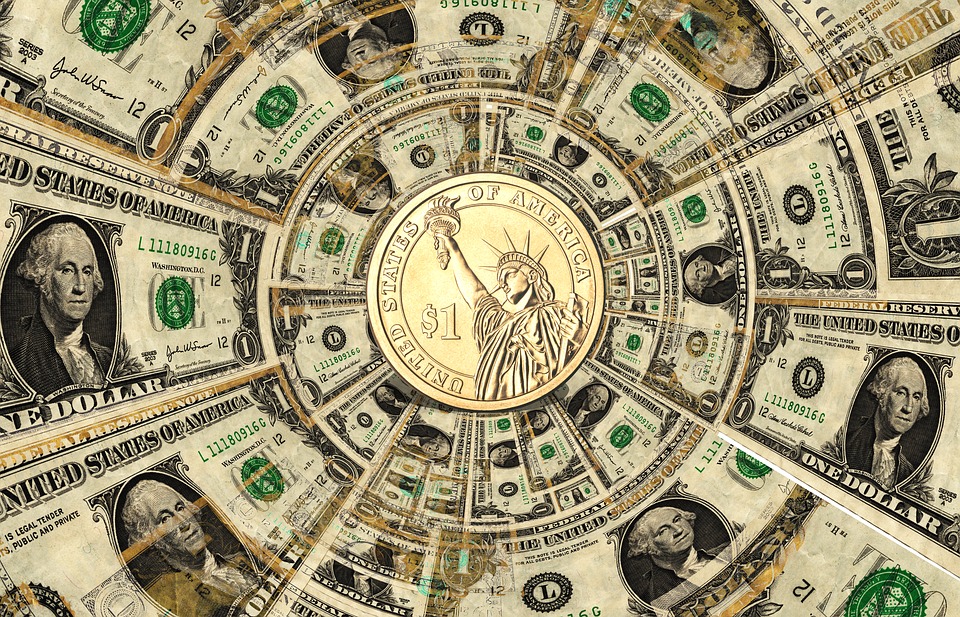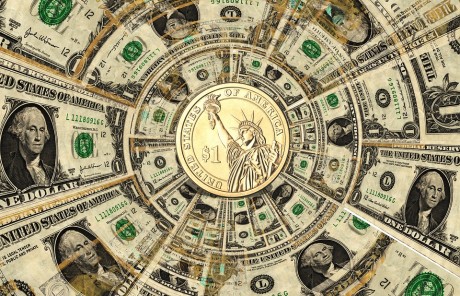 Did you know that the federal government is going to spend more than 4 trillion dollars this year? To put that into perspective, U.S. GDP for the entire year of 2017 is going to be somewhere between 18 and 19 trillion dollars. So when you are talking about 4 trillion dollars you are talking about a huge chunk of our economy. But of course the federal government doesn’t bring in 4 trillion dollars a year. At the beginning of Barack Obama’s first term, we were 10.6 trillion dollars in debt, and now we are nearly 20 trillion dollars in debt. That means that we have been adding more than a trillion dollars a year to the national debt. When you break that down, that means that we have essentially been stealing more than a hundred million dollars from future generations of Americans every single hour of every single day to pay for our debt-fueled lifestyle. Even Federal Reserve Chair Janet Yellen is warning that this is not sustainable, and yet we just keep on doing it.
Did you know that the federal government is going to spend more than 4 trillion dollars this year? To put that into perspective, U.S. GDP for the entire year of 2017 is going to be somewhere between 18 and 19 trillion dollars. So when you are talking about 4 trillion dollars you are talking about a huge chunk of our economy. But of course the federal government doesn’t bring in 4 trillion dollars a year. At the beginning of Barack Obama’s first term, we were 10.6 trillion dollars in debt, and now we are nearly 20 trillion dollars in debt. That means that we have been adding more than a trillion dollars a year to the national debt. When you break that down, that means that we have essentially been stealing more than a hundred million dollars from future generations of Americans every single hour of every single day to pay for our debt-fueled lifestyle. Even Federal Reserve Chair Janet Yellen is warning that this is not sustainable, and yet we just keep on doing it.
Nobody can pretend that what we have today is the kind of limited federal government that our founders intended. When federal spending accounts for more than 20 percent of GDP, it is hard to argue that we haven’t moved very far down the road toward socialism. As I mentioned above, total federal spending will surpass 4 trillion dollars for the first time ever in 2017…
Both the Congressional Budget Office and the White House Office of Management and Budget project that federal spending will top $4 trillion for the first time in fiscal 2017, which began on Oct. 1, 2016 and will end on Sept. 30.
In its “Update to the Budget and Economic Outlook: 2017 to 2027” published last week, CBO projected that total federal spending in fiscal 2017 will hit $4,008,000,000,000.
I was recently asked how we are going to pay for a 4 trillion dollar government if we abolish the income tax like I am proposing.
Well, the truth is that we would have to dramatically reduce the size and scope of the federal government. Our founders always intended for the individual state governments to be much stronger than they are right now, and it is time for us to restore that constitutional balance.
Something desperately needs to be done, because we have a federal government that is completely and totally out of control. Even the Congressional Budget Office agrees that we are headed toward absolute disaster if our leaders in Washington don’t start displaying some fiscal responsibility…
A large and continuously growing federal debt would increase the chance of a fiscal crisis in the United States. Specifically, investors might become less willing to finance federal borrowing unless they were compensated with high returns. If so, interest rates on federal debt would rise abruptly, dramatically increasing the cost of government borrowing. That increase would reduce the market value of outstanding government securities, and investors could lose money. The resulting losses for mutual funds, pension funds, insurance companies, banks, and other holders of government debt might be large enough to cause some financial institutions to fail, creating a fiscal crisis. An additional result would be a higher cost for private-sector borrowing because uncertainty about the government’s responses could reduce confidence in the viability of private-sector enterprises.
It is impossible for anyone to accurately predict whether or when such a fiscal crisis might occur in the United States. In particular, the debt-to-GDP ratio has no identifiable tipping point to indicate that a crisis is likely or imminent. All else being equal, however, the larger a government’s debt, the greater the risk of a fiscal crisis.
The likelihood of such a crisis also depends on conditions in the economy. If investors expect continued growth, they are generally less concerned about the government’s debt burden. Conversely, substantial debt can reinforce more generalized concern about an economy. Thus, fiscal crises around the world often have begun during recessions and, in turn, have exacerbated them.
I get so frustrated with Republicans in Congress, because they are supposed to be watching out for us.
During the 2010 elections, one of the biggest mid-term landslides of all time gave Republicans control of the House of Representatives and they have had it ever since. One of the pillars of the “Tea Party revolution” was fiscal responsibility, but the national debt has just continued to explode.
When the Republicans took control of the House in early 2011, we were about 14 trillion dollars in debt, and now we are nearly 20 trillion dollars in debt.
We have been betrayed, and those that have done this to us need to be held accountable.
Of course the big reason why our politicians never want to control spending is because they know what it will do to our economy.
During the Obama years, we spent more than 9 trillion dollars that we didn’t have. If we could somehow go back and take 9 trillion dollars out of the economy over those 8 years, we would be in the worst depression in U.S. history right now.
Nobody in Washington wants to be responsible for plunging us into an economic depression, and so they just keep stealing from the future in order to prop things up in the short-term.
And a similar thing could be said about central bank intervention. If the Federal Reserve and other global central banks had not pumped trillions upon trillions of dollars into the financial system over the past 8 years, we would be in the midst of a horrific economic nightmare right now.
But now all of that “hot money” has created epic financial bubbles all over the planet, and when they finally burst the ensuing crisis will be far, far worse than if they had never intervened in the first place.
Global central banks now have more than 20 trillion dollars in assets on their balance sheets and the world is more than 217 trillion dollars in debt. The desperate measures that national governments and central banks have been taking have delayed the coming crisis, but they have also guaranteed that it will be far worse than it could have otherwise been.
The stage is set for the worst financial crisis in world history, and the only way that it can continue to be delayed is for our leaders to continue to inflate the bubbles larger and larger and larger.
But of course no bubble can last forever, and the bigger they become the harder they burst.
